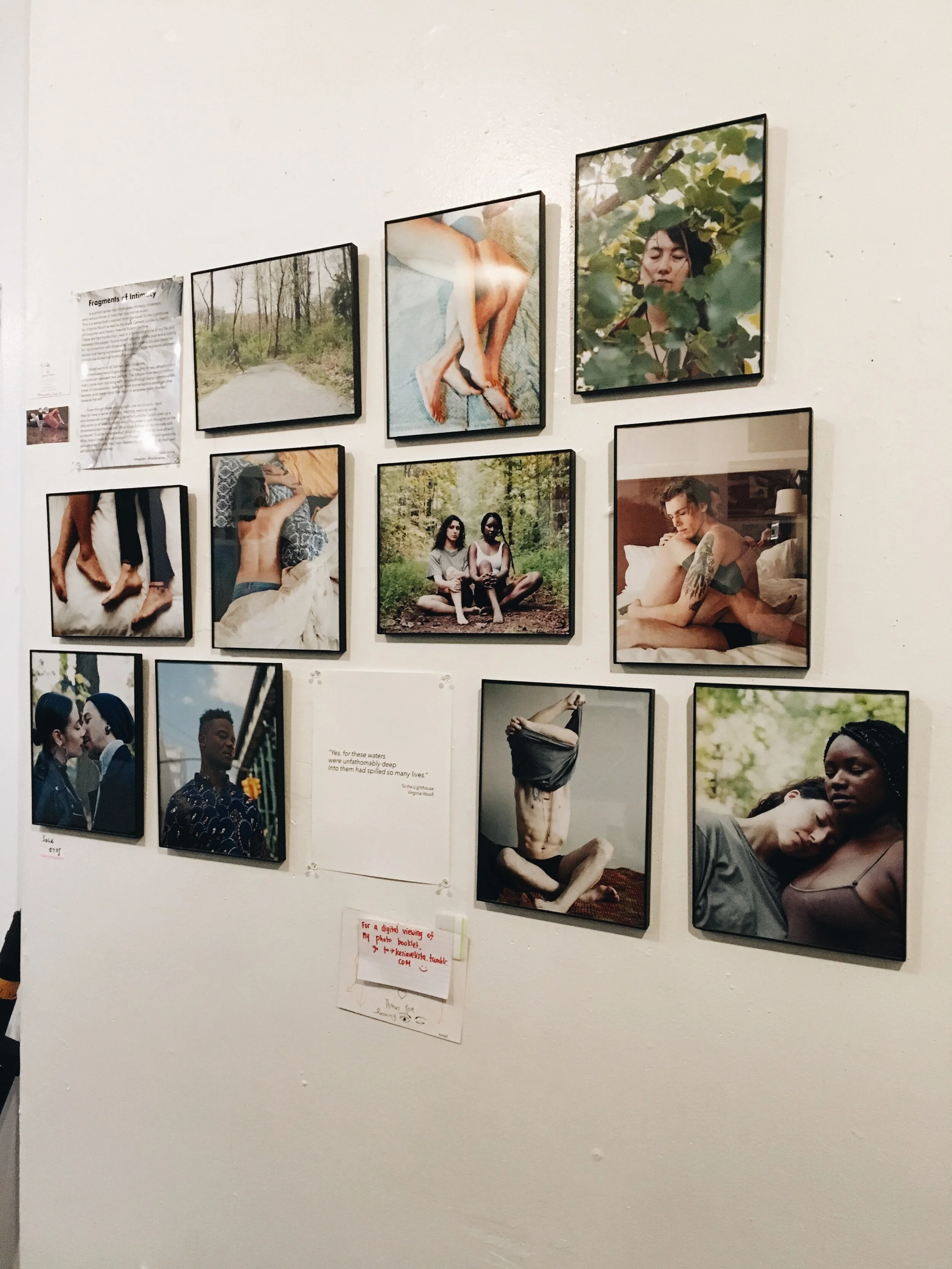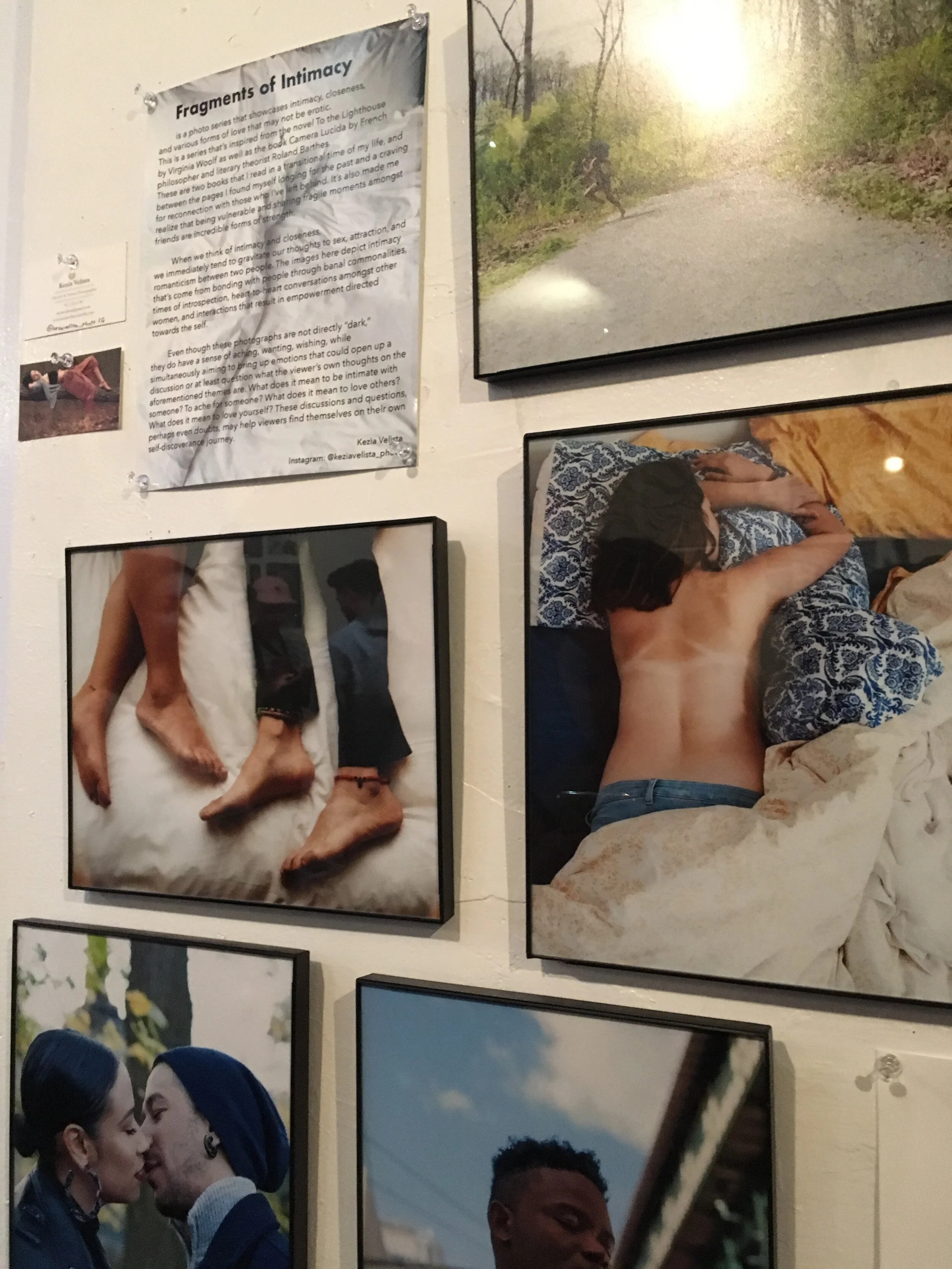Globus Seminar Series Spring 2021
From the second installation of the Globus Seminar Series on Racism and Empire, generously co-sponsored by the Black and Latino Studies Department as well as the English Department of Baruch College.
In a Zoom conversation with Dr. Patricia Matthew from Montclair State University, we talk about the depictions of Black individuals from 18th century art and use references from her article on Lapham’s Quarterly. Below are some of my observations.







Notes to the images from left to right:
Image of Lady Elizabeth Keppel, titled Lady Elizabeth Keppel and a Servant by Edward Fisher.
I can’t help but notice this painting and separate it into a tripartite. Going from left to right, we see the Black woman who is an attendant and remains nameless. She’s adorned in jewelry and a hairpiece, but she’s not dressed as elaborately as Elizabeth Keppel herself who’s at the center of the image. On the right side we have a statue of Hymen, who is the god of marriage. Now that we’ve addressed the painting from left to right, I’d like to go from right to left. Hymen is dressed in garlands, while the details of Elizabeth Keppel’s dress alludes to her recent role as a bridesmaid at the wedding of George III and Queen Charlotte. The god of marriage and Lady Keppel are looking in a direction that suggests a downward fashion towards the attendant, while the attendant is looking up at both of them. Even though this is a mutual exchange by three parties, my question is, is the attendant looking up at Lady Keppel and Hymen in a sense of wonderment and awe, or is it one of nonchalance? Further, is Lady Keppel and Hymen shown looking down as a means of degradation or is it a comforting look that provides reassurance of the attendant’s social status?The Portrait of Dido Elizabeth Belle Lindsay and her cousin Lady Elizabeth Murray. In this case, the two women are from the same family. There is no direct hierarchy as the women are standing on an equal level. Although, Dido is wearing a turban, carrying a basket of fruit, while her cousin is wearing a flower crown and in her hand is a book. Despite the emphasis on equality in this painting, with them together, touching arms, and both even looking at the viewer, Dido is still associated with labor due to the items carried on her person. My classmate Brittany and I actually just had a discussion on the nature of invisible labor versus visible labor in one of our British literature classes. Under the scope of invisible and visible labor, the book held in Lady Elizabeth Murray’s hand suggests that she has time to read. Since I just finished reading Jane Austen’s Pride & Prejudice, this is reminding me of the idea of the accomplished woman in Jane Austen’s Pride & Prejudice and what it means to be that accomplished woman (reference to the accomplished versus the learned woman). Also, since Lady Elizabeth Murray is seated and static, this painting suggests that she has more time for leisure, while Dido Elizabeth Lindsay is in a stance that suggests motion. With her lips partially smiling and her finger cheekily touching her face, she’s going somewhere, yet her cousin is touching her and perhaps inviting her to stay awhile.
Isaac Cruikshank’s caricature called The Abolition of the Slave Trade (1792). I think this piece can also be discussed in three parts. On the left, we see one of the white men dressed in colonial garments. Shifting our view, in the background next to the man, there are three nude Black women nondescript painted as outlines followed by blotches of paint for skin with scribbles for tufts of hair. Then we have the center, which is the most blatant depiction of the body as spectacle, a fourth woman hanging upside down by a single ankle, as her body is splayed out and vulnerable. Next to her, there is the sailor pulling the rope, hauling it, leaning back, and if we zoom in, he is saying, “Damn me if I like it I have a good mind to let go.” Then on the extreme right, we have two other sailors walking away, saying, "My Eyes Jack our Girles at Wapping are never flogged for their modesty," and, "By G-d that's too bad if he had taken her to bed to him it would be well enough, Split me I'm almost sick of this Black Business." Beneath the title is etched: “Or the Inhumanity of Dealers in human flesh exemplified in Captn Kimber's treatment of a Young Negro Girl of 15 for her Virjen Modesty.”
Extra notes from Royal Museums Greenwich:
Cruikshank’s print relates to the notorious case of Captain John Kimber of the merchant ship Recovery. In the House of Commons on 2 April 1792, William Wilberforce accused Kimber of brutally assaulting and murdering a teenage slave girl, who refused to dance on deck. The incident took place on 22 September 1791, when the ship was bound for Grenada. The girl died following convulsions on 27 September.
Special thanks to my classmate Brittany, fellow co-panelist and moderator.
Independent Study Research Essay Spring 2020
Independent study topic: Theory of Lyric Poetry
Studied under the direction of Dr. John Brenkman in collaboration with the PhD seminar taught by him under the same name at the Graduate Center of CUNY.
Participated in weekly seminars at the Grad Center
Observed the research done by graduate students in the class
Final project: A structuralist reading of Myung Mi Kim’s poetry book, Dura
Inspired by the structuralist reading of Charles Baudelaire’s poem “Le Chat” by Roman Jakobson and Claude Lévi-Strauss.
For this presentation, I focus on poems from Myung Mi Kim’s 1998 poetry book, Dura. The title alone has multiple definitions in a handful of languages. Dura is the French passé simple for “to last” in the third person singular. Dura can also be translated as “it lasts” in Spanish. Moreover, the same word can be read as the adjective “hard,” which modifies a feminine noun in Spanish. There is dura as the dense, tough, outermost membranous envelope of the brain and spinal cord, literally “hard mother” as it is from the Arabic, al’-umm al-jalida or al-jafiya “the hard mother.” There is also Dura as an ancient city in Syria, and dura as the romanized transcription of the phrase “listen up” in Korean. “Dura” is also the name of an endangered “language of Nepal, [and] of the ethnic group that historically spoke it”. However, the meaning and spelling of the word vary and multiply with geographical and historical differences, evoking “translinguistically” (Kim’s word 2007) the nomadic and rhizomatic movements of Dura. By titling her volume of works Dura, she is emphasizing the impact on language and connections between the arrangements of word-making.
CUNY Community College-Wide Symposium
Spring 2019
As a student at LaGuardia Community College, I received a first place award for my presentation on the Indian-American and Pakistan-English immigrant experience.
This presentation focuses on the short story “Bradistan” by Zaiba Malik and Jhumpa Lahiri’s book titled The Namesake. Even though the two are set in different countries (Bradford, England and Pakistan vs. Calcutta, India and New York), they address common themes of displacement, self-identity, and the complexities that come with migration to a foreign country. Both main characters in the story are also the first to have been born outside of their respective homelands, so the presentation also touches on how they navigate through life by being an Indian living in the United States, and a Pakistani living in England.
Special thanks to Dr. Jayashree Kamblé for coordinating the event.
Reading Between the Lines featured research essays done by students at the English department of LaGuardia Community College. As a co-coordinator with my mentor, Dr. Sorin Cucu, I had the honor of reviewing student submissions for the event, designed the flyers, and assisted in providing accommodations such as refreshments, reserving the location, and moderating the time.
Topic of my presentation: A multidisciplinary project called “Fragments of Intimacy”
An essay and photo series inspired by To the Lighthouse by Virginia Woolf and Camera Lucida by French literary theorist Roland Barthes. The entire photo series can be viewed here.
The photo series became part of a group art exhibition in the summer of 2019 at The Living Gallery in Brooklyn, NY.







